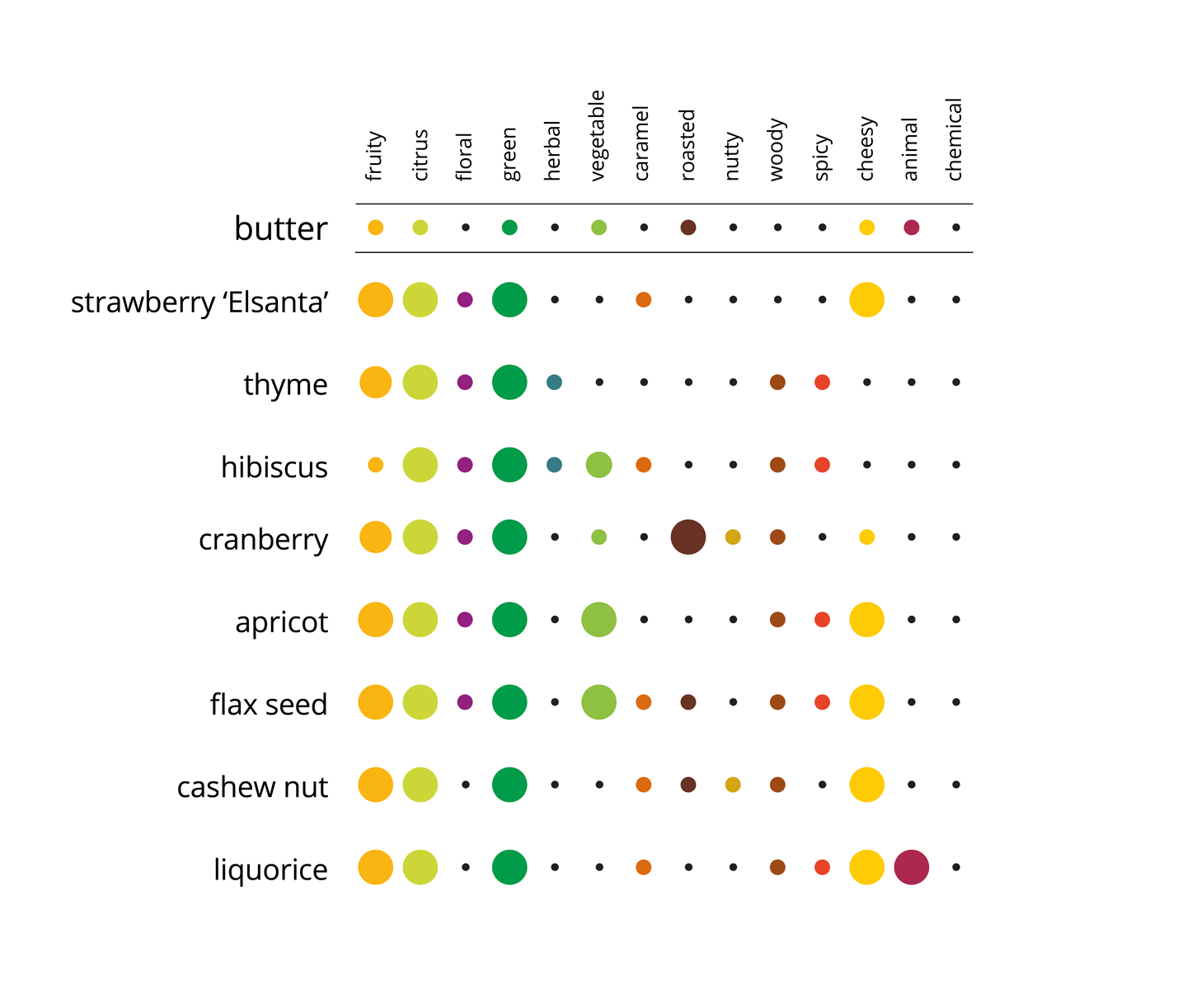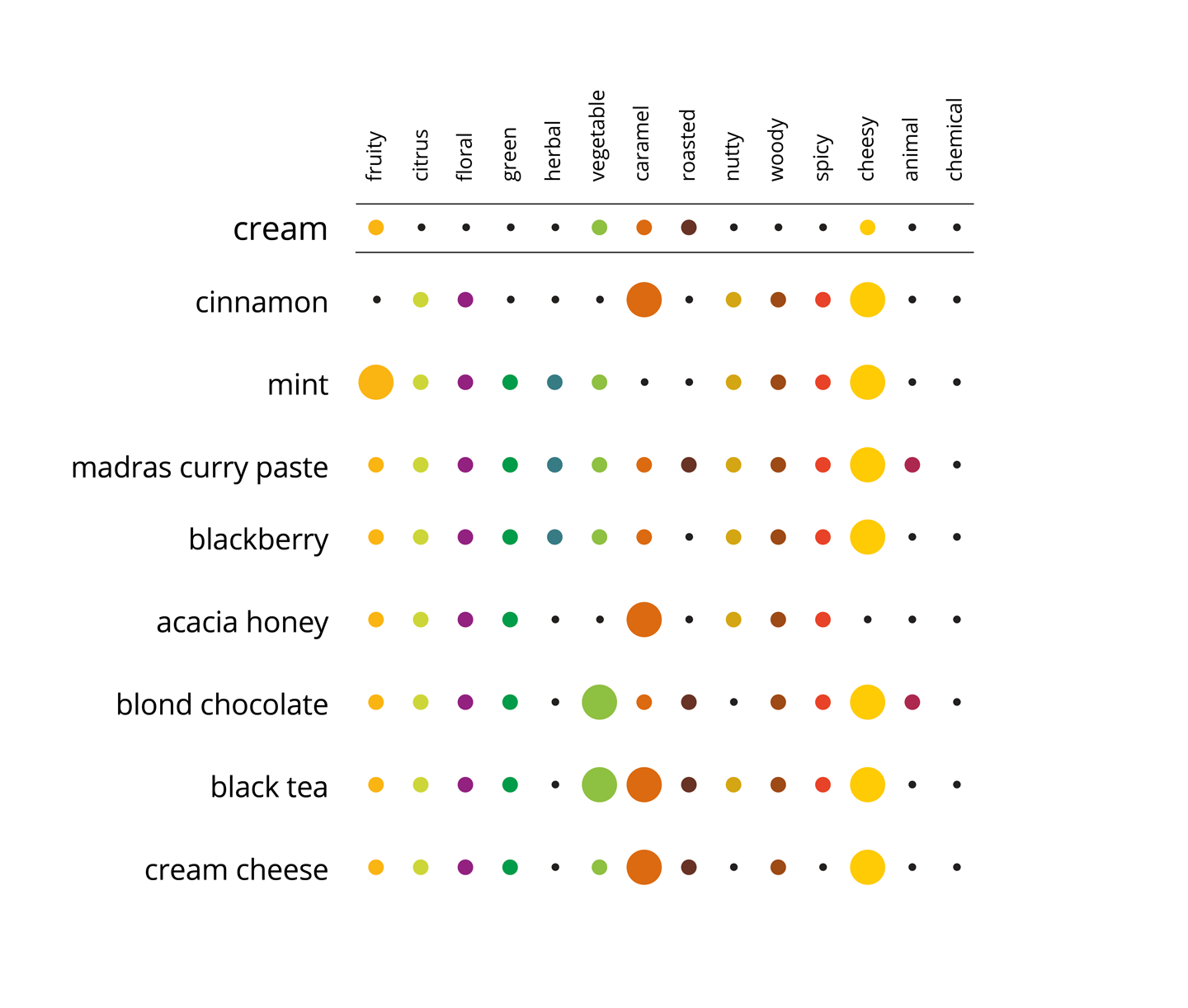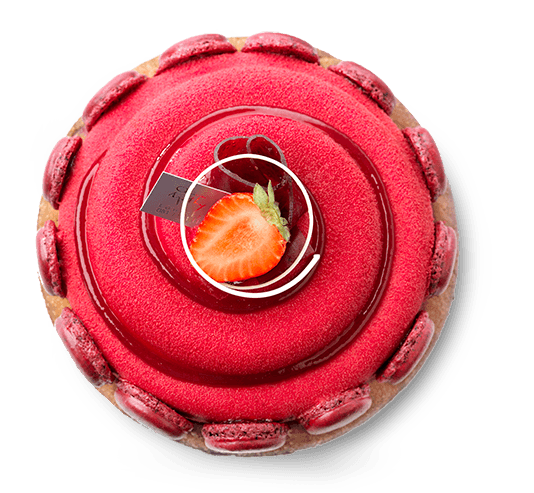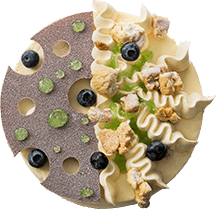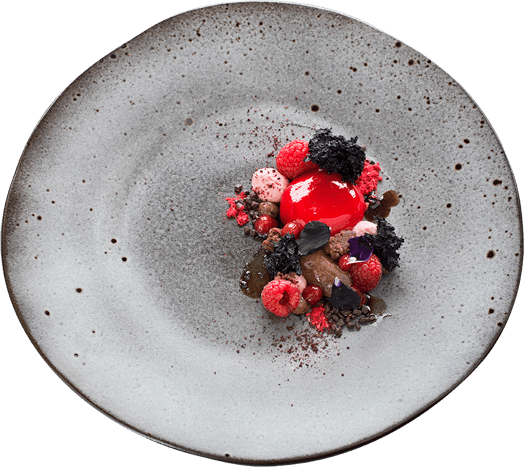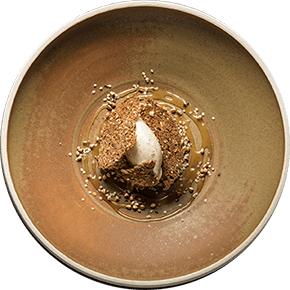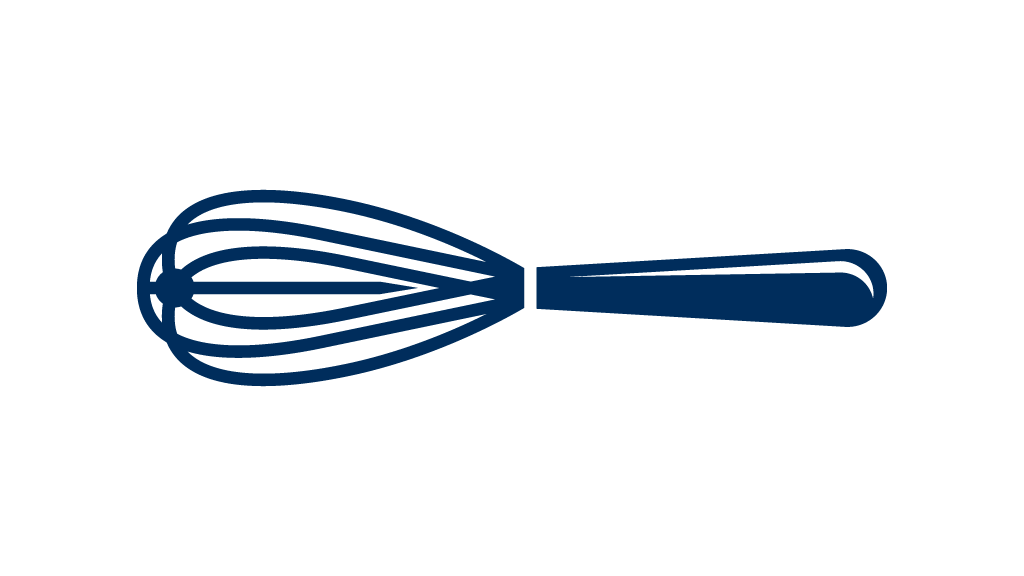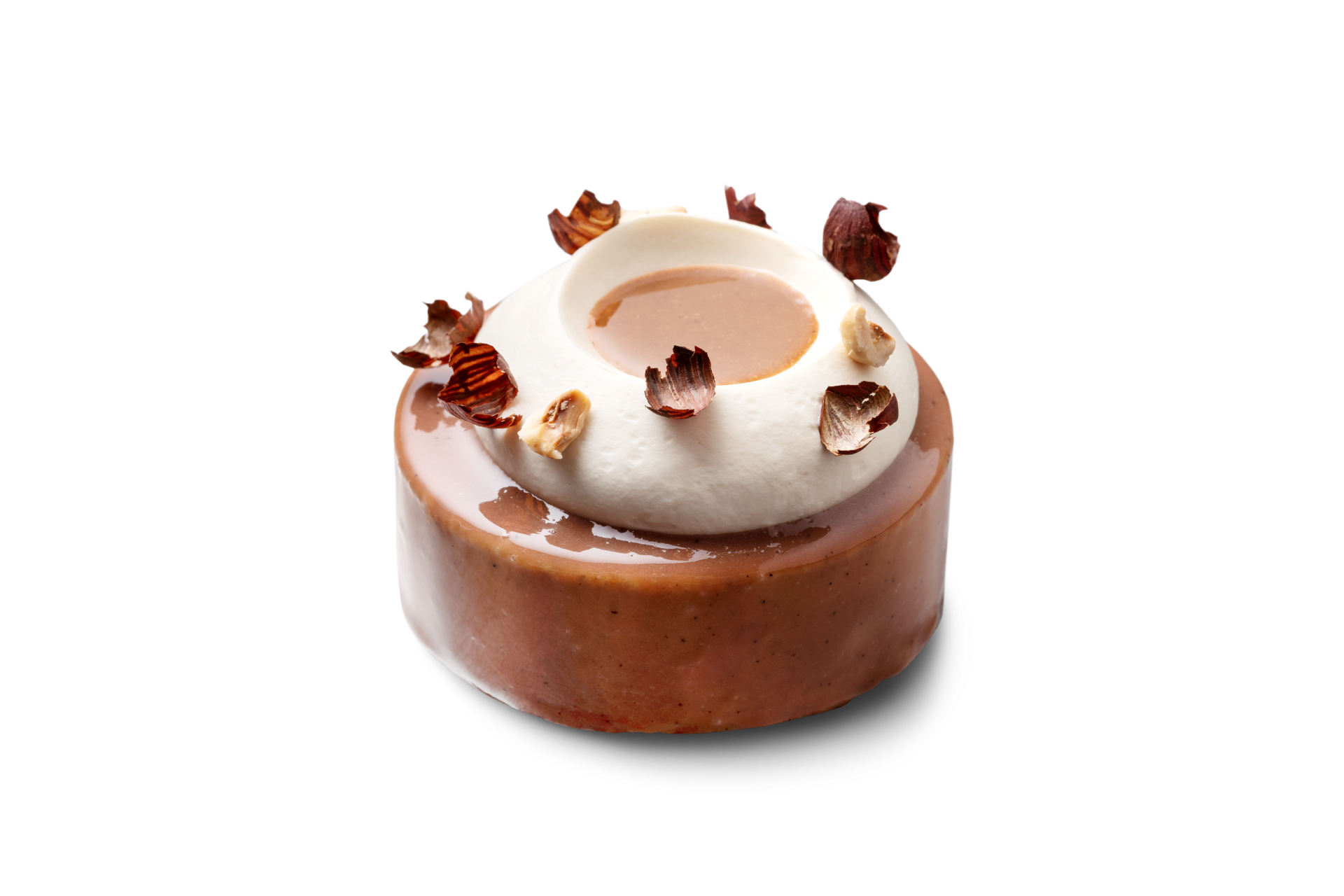Foodpairing
Chefs, bakers, chocolatiers and passionate foodies have an insatiable hunger for new recipes, decorations, techniques and everything needed to attract customers and fans.
Gastronomy professionals are always looking for the best possible combinations of ingredients in a dish, dessert or cake to combine with wine, coffee, tea or beer. Scientists have dug down to the molecular level to gain insights into chemistry and cooking.
Foodpairing is a scientific method to identify the foods & drinks that go well together. To understand why certain ingredients match, it's important to know how humans perceive flavour.
The importance of smell and aroma
Through our sense of smell, we are able to differentiate up to 10,000 different odours. Odours are also known as smells, scents or fragrances and consist of one or more aroma molecules.
Aromas are volatile and reach our sense of smell through the air we inhale. We perceive aromas both through the nose (orthonasal) and through the mouth (retronasal).
The aroma profile of culinary ingredients is the starting point of Foodpairing® and the scientific research in this field. As a first step, Foodpairing® determines the aroma profile of a specific ingredient through gas chromatography - mass spectrometry (GC-MS).
From the results of that process, the Foodpairing® scientists extract the aroma data relevant to the human sense of smell. An aroma has to reach a certain threshold in a specific ingredient to be perceptible by humans. By enhancing interactions, some aromas that are below this threshold do generate a detectable smell.
The proof is in the pudding
Proven and successful combinations are all over the professional world. Pierre Hermé’s Ispahan®, a cake and macaron filled with a combination of cream, rose perfume, fresh raspberries and lychee. Or caviar and white chocolate.
Oysters with lychee, rose and coconut cream. Bruno Van Vaerenbergh, a creative pastry chef at Debic Europe, has played with the new insights and created a Breton shortcrust cake with yoghurt, passoa and dark Uganda chocolate.
We subjected our main ingredients to this extended Foodpairing® algorithm. Cream and butter. Master ingredients for every pastry chef, open to new horizons.
Take the challenge yourself and discover a new way of creating. Foodpairing.com could be your new digital partner.
